Very few individual house-builders today would welcome a summary of their achievements as “three generations of the family had lived, laboured and died before the house was finally completed…”.
But for the Wyndham Quins, Earls of Dunraven, this is what happened when constructing their home in Adare Manor, Co Limerick.
Before the Tudor-Gothic country house was the luxury hotel that it is today under JP McManus’s ownership, it had been home, from the mid-17th century, to the family.
In its construction are lessons to be learned by today’s builders, architects and families. These stories are told within the handsome pages of the recently published The Building of Adare Manor, A Family Chronicle by Anna-Maria Hajba, published by Wordwell Books, which aims to capture the human story behind the stones.
READ MORE
“Basically their entire married life was spent on a building site,” says Hajba, speaking of Windham Henry Quin, 2nd earl, member of parliament for Co Limerick, and his wife, Caroline Wyndham, whose family home was Dunraven Castle in Wales. The second earl’s personal interest in design inspired him to become his own architect and the couple spent some 20 years travelling, collecting ideas and inspiration for their home in Adare.
“It was what their lives were about. Windham was passionate about medieval architecture and the couple were trying to create a building that looked 800 years old. For them, it was a source of almost childlike joy.”
Occasionally, Caroline acted as a domestic clerk of works. Her taste, as well as her money, was often decisive. The extensive foreign travels of the Dunravens in search of inspiration are followed in these lively pages coloured with illustrations of portraits, landscapes and decoration.
It is Caroline who remains the “unsung champion” in the story of Adare Manor, writes Hajba, as it was her tastes that shaped the appearance of the manor as well as that of the adjoining village; the thatched cottages for which the town is famousare said to have their parallel in the hamlet of Merthyr Mawr in south Wales near Caroline’s home.
Having commenced in 1832, the house was completed in the 1850s and 1860s by the third Earl of Dunraven, Edwin, with the assistance of Philip Charles Hardwick, a renowned architect of the 19th century.
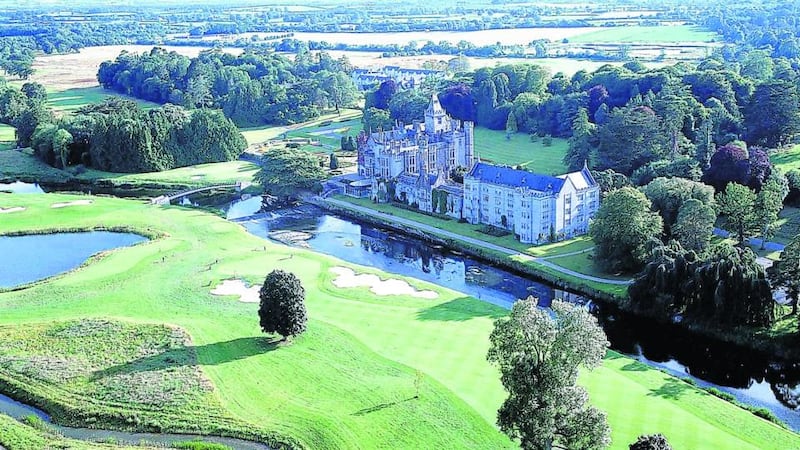
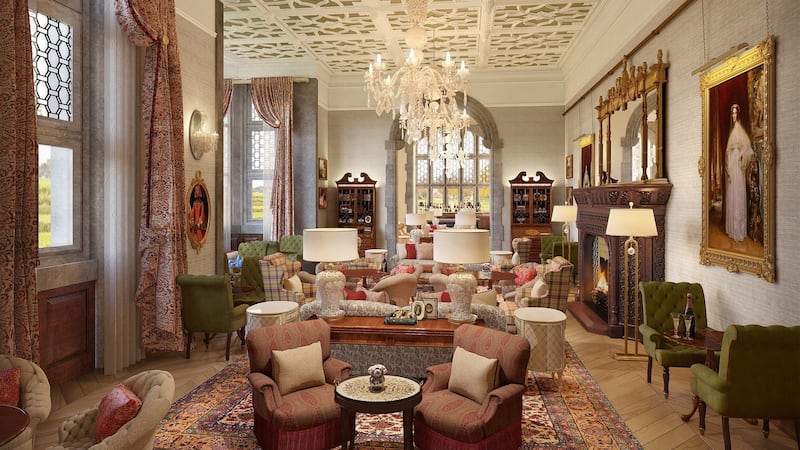
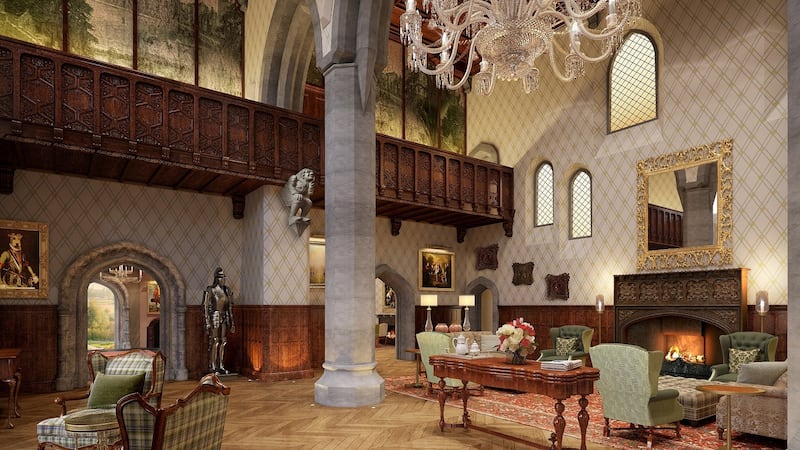
During the time of construction, portraits were lost at sea and panels warped by damp; a cholera epidemic swept away masons; and the Great Famine brought the family close to bankruptcy. Yet the building works continued to create of a house without parallel in Ireland.
Now it is considered as representing Gothic Revivalism at its finest while, as the book points out, possessing a quality that marks it out as unique.
It is also, in a way, almost a self-made house; there is an impressive list of architects who failed to satisfy the ideas of Windham and Caroline.
When James and George Richard Pain, the Limerick and Cork-based architect, tried to put manners on Windham’s drawings their design was found impossible to execute, and Windham decided “it will be much handsomer as it is now planned”.
However, a plan for new pointed windows to the south face had to be rejected as “they look pretty on paper but are too church-like for a dwelling house”.
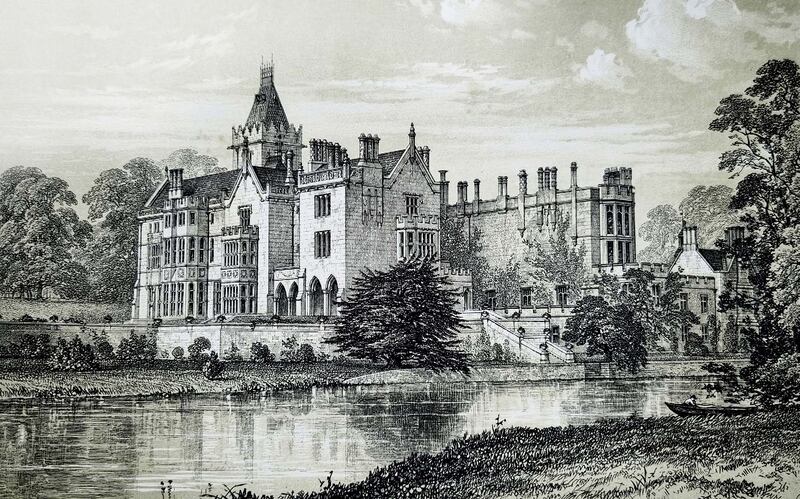
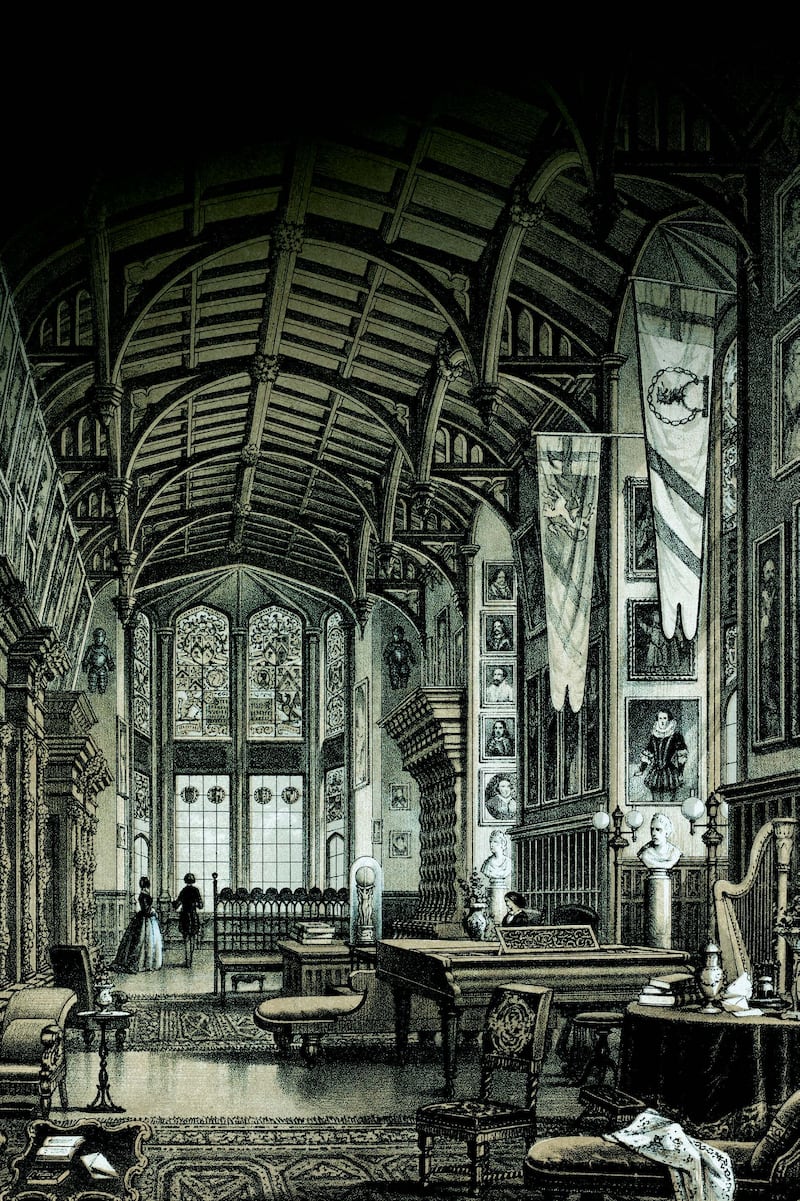
Navigating the maze of who was a Windham and who was not a Wyndham in this biography of a residence and a dynasty, was a “nightmare” for Hajba, special collections archivist at the Glucksman Library in the University of Limerick, but it eventually became second nature to her.
The Windham goes back to the marriage of Valentine Quin and Mary Widenham in the early 18th century; Caroline, the wife of the 2nd Earl of Dunraven, was Welsh and her maiden name was Wyndham.
The intense archival research involved in her long enterprise corrects errors of earlier studies, while leaving some scope for continuing research. With the heraldic carvings deserving a book in themselves, the records of scores of labourers, carvers and masons remain to be explored, including that of master mason James Connolly, whose memorial, designed by Hardwick, sat at the east front of the house beside the River Maigue.


















